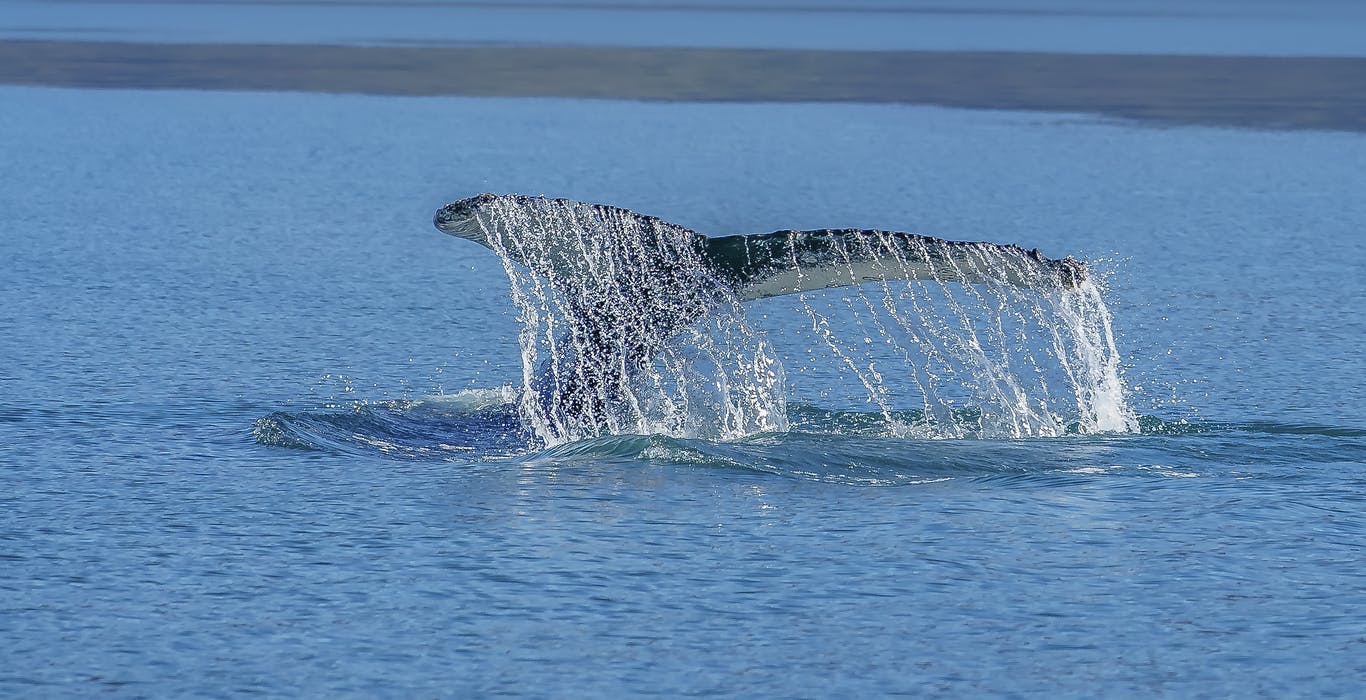
The Best Time for Whale Watching In Iceland
Have you ever planned a vacation only to discover that your timing was slightly off? You may have just missed an exciting festival by a few days, or perhaps the museum you were eager to visit only opens seasonally. Timing can be crucial, especially when it comes to nature-based activities.
For instance, if you travel to Iceland in autumn hoping to spot puffins, you might end up disappointed. Similarly, if you visit during the summer expecting to witness the Northern Lights, you will also experience regret.
Suppose one of the big ticket items on your travel wish list is whale watching in Iceland. Then, you won't have to worry about timing. In fact, the best time for whale watching in Iceland is any time of the year. Read on to find out why that's the case.
What’s the Best Time To Whale Watch in Iceland?
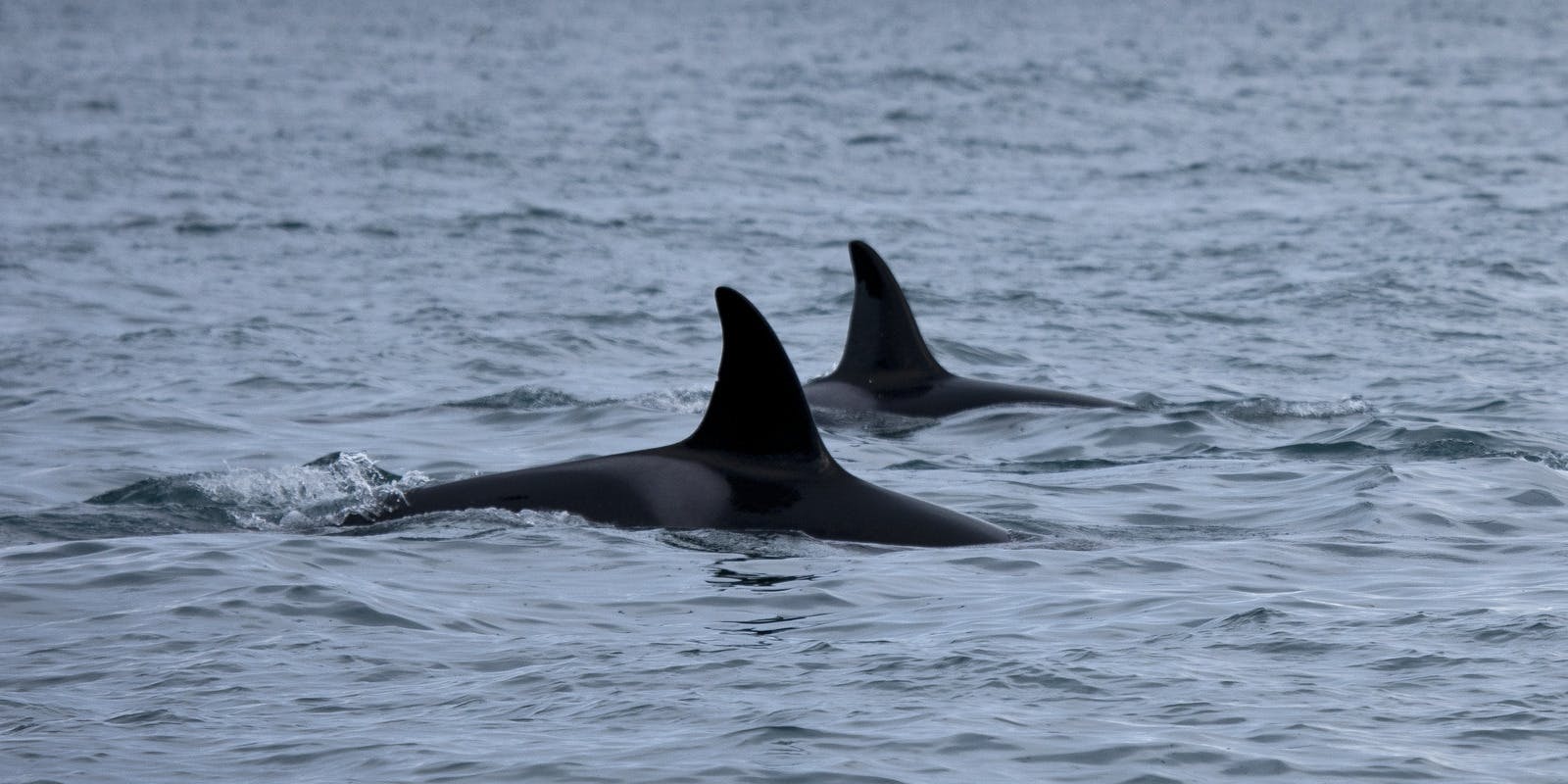
Unsurprisingly, the question of when is the best time to whale watch in Iceland is asked a lot. So let's start with boat trips to catch a glimpse of whales while they're in the ocean, although, as you'll see, there are other ways to see them. We need to consider two things:
- When are the whales in Icelandic waters?
- When do tours operate?
When Are the Whales in Icelandic Waters?
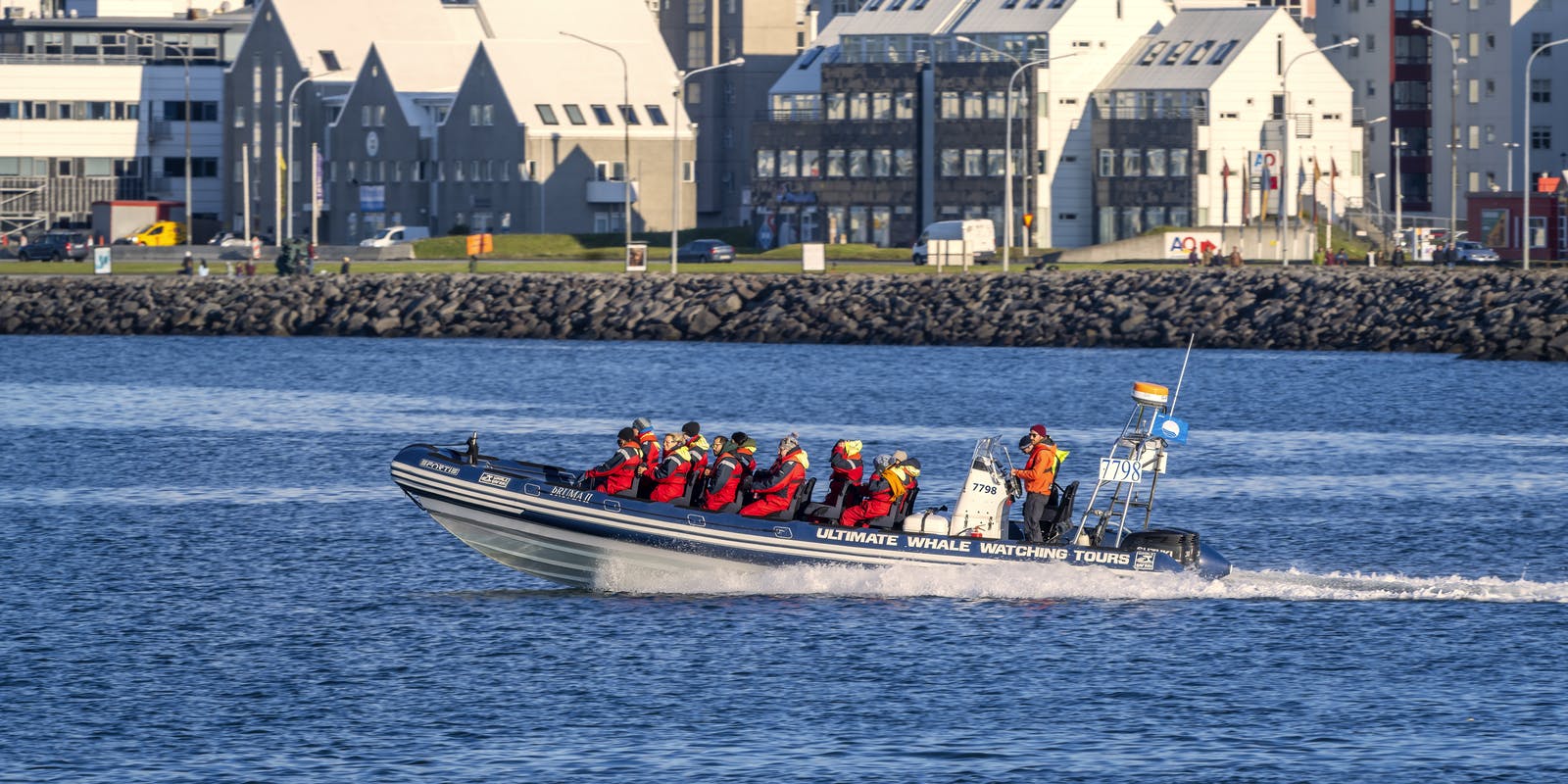
Determining the presence of whales in Icelandic waters is not a straightforward task. Over twenty different species of whales can be seen in the oceans, fjords, and bays surrounding Iceland's extensive coastline. However, these marine mammals do not all arrive simultaneously, nor do they remain for the same duration.
Many of these whales are migratory, travelling to and from Iceland based on seasonal changes. Generally, this movement is influenced by fluctuations in ocean temperature, which in turn affects the whales' food supply. Whales also migrate for breeding purposes. Recent scientific research suggests that they travel to colder waters, such as those in Iceland, for moulting, which benefits their skin.
To increase your chances of witnessing specific whales, consider visiting Iceland during their most active periods. Here are the time frames of whales in Iceland:
Whales in Iceland | Time of Year |
|---|---|
Humpback Whales | April to October |
Minke Whales | Year-round |
Blue Whales | June to September |
Fin Whales | June to September |
Orcas (Killer Whales) | Winter (Novemeber to February) |
Sperm Whales | June to August |
Please note that these time frames are approximate and can vary slightly from year to year.
However, if you don't mind which type of whale to see, summer is the ideal time. Schedule a tour between mid-spring and early autumn to maximize your chances of successful whale watching in Iceland. The more favourable weather during these months also means boat trips are less likely to be cancelled due to rough seas.
When Do the Boat Tours Operate?
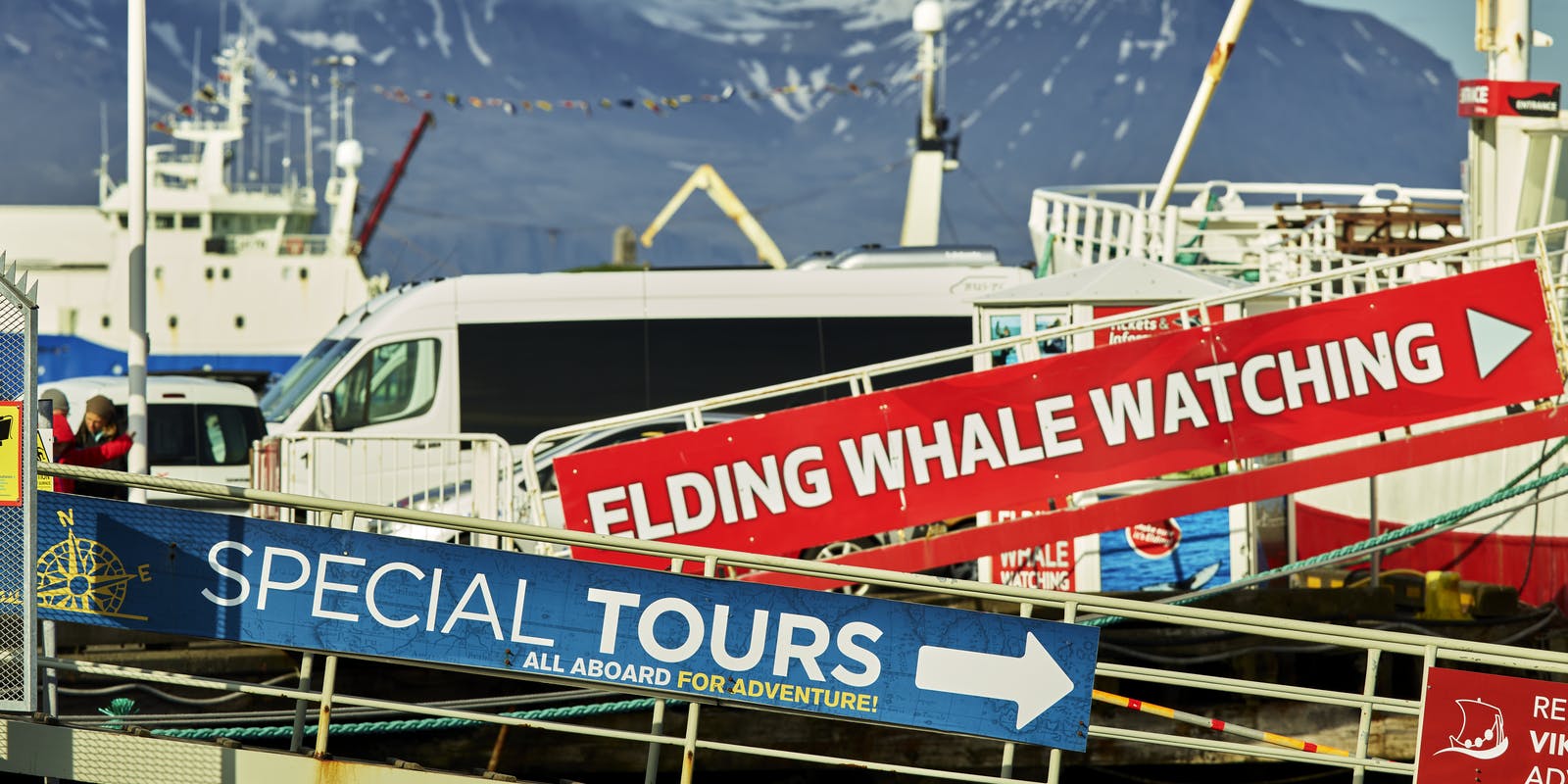
Suppose you're considering booking a whale-watching tour to explore Iceland's stunning fjords or bays. In that case, you'll be delighted to know that these excursions are offered year-round. However, if you plan to travel outside the peak season, choosing the appropriate location is crucial.
The duration of the whale watching season varies across different regions in Iceland. By checking the website of your preferred tour operator, you can determine if they typically operate tours that align with your travel dates.
These regional differences are influenced by factors such as geographical location and the availability of sheltered waters for whale sightings. For example, whale-watching tours departing from towns like Húsavík and Akureyri generally do not operate in winter, with their season lasting from approximately March to November.
In contrast, boats are available year-round if you stay in Reykjavik and plan to embark on a whale-watching tour from its Old Harbour. This means that, in theory, you can witness whales in their natural environment regardless of the month you visit, allowing for greater flexibility when planning your vacation.
However, it's important to note that even in southern Reykjavik, tours can be cancelled due to rough sea conditions – a possibility even during the summer. To maximize your chances of a successful whale-watching experience, schedule your tour early in your trip. If your excursion is cancelled, you can reschedule, provided the weather improves and the winds subside.
Year-Round Whale Watching in Iceland

Iceland's rich marine ecosystem and location in the North Atlantic make it an ideal habitat for various whale species. The waters around the island are home to minke whales, humpback whales, blue whales, and orcas, among others. These magnificent creatures can be found in Icelandic waters all year round, providing visitors ample opportunities to marvel at their grace and beauty.
Summer Whale Watching

While you can spot whales in Iceland throughout the year, summer is the peak season for whale watching. From June to August, the long days and favourable weather conditions create the perfect environment for observing these marine giants. During these months, you'll have a higher chance of seeing multiple species of whales, as they tend to be more active and feed closer to the surface. In addition, summer also provides the opportunity to spot other wildlife, such as puffins, seals, and various seabirds.
Autumn and Spring Whale Watching
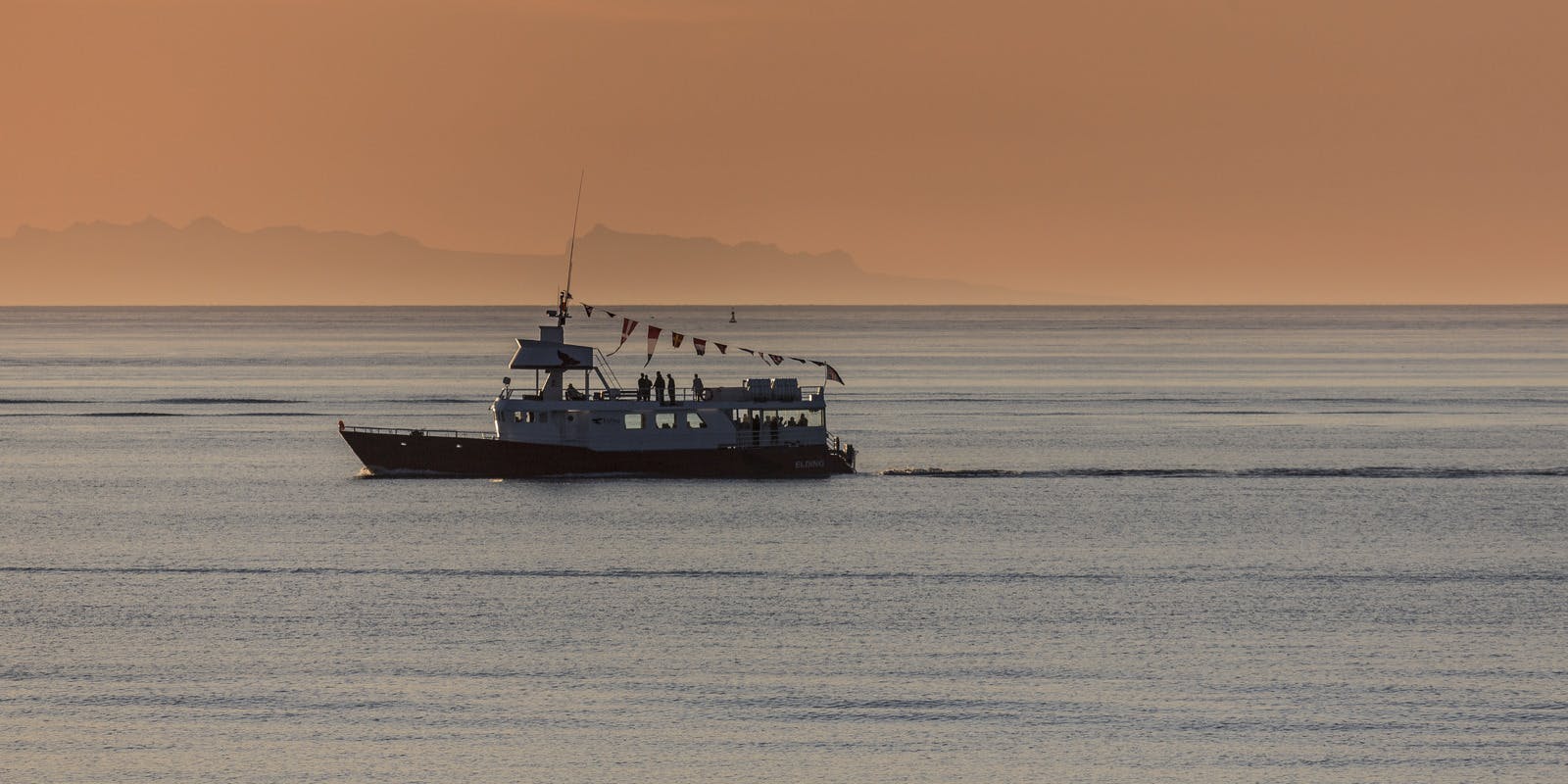
During the transitional seasons of autumn and spring, whale watching in Iceland can still be quite rewarding. Although the frequency of sightings may be lower than in summer, visitors often have the added bonus of witnessing the Northern Lights. As the daylight hours gradually change, the chance to spot whales and the aurora borealis in a single trip can make for an unforgettable experience.
Winter Whale Watching
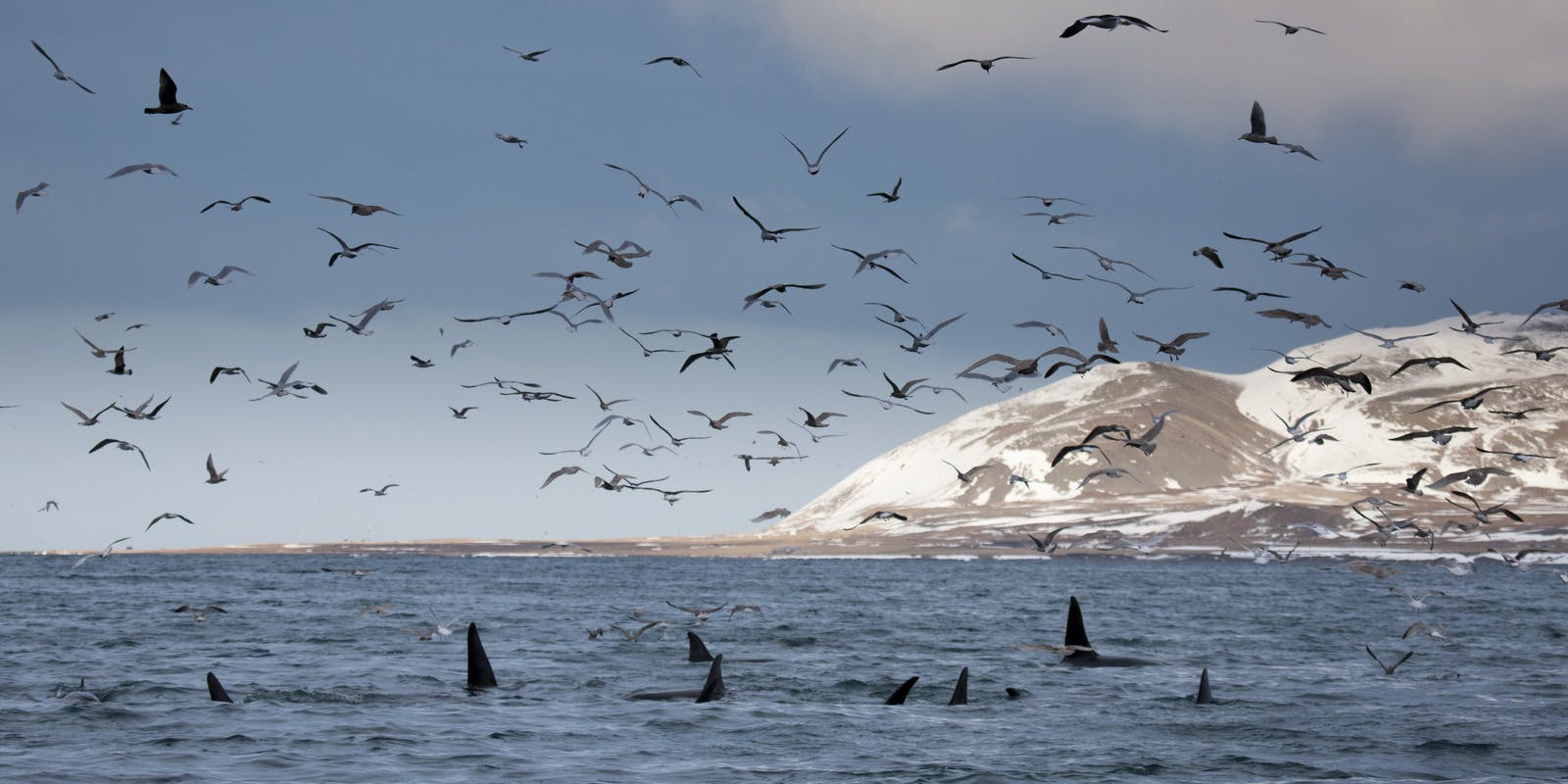
Winter whale watching in Iceland is not for the faint-hearted, as temperatures can be extremely low and the weather unpredictable. However, the brave souls who venture out during these frosty months are often rewarded with unique and enchanting encounters. The smaller number of tourists means that winter whale-watching excursions can feel more intimate and exclusive. Additionally, the snow-covered landscape and ethereal quality of winter light make for a breathtaking backdrop while observing these majestic mammals.
While some nature-based activities in Iceland may be season-dependent, whale watching is a thrilling experience that can be enjoyed throughout the year. With a diverse range of whale species and unique seasonal experiences, there's never a bad time to embark on a whale-watching adventure in the Land of Fire and Ice.
Ensuring a Whale Encounter
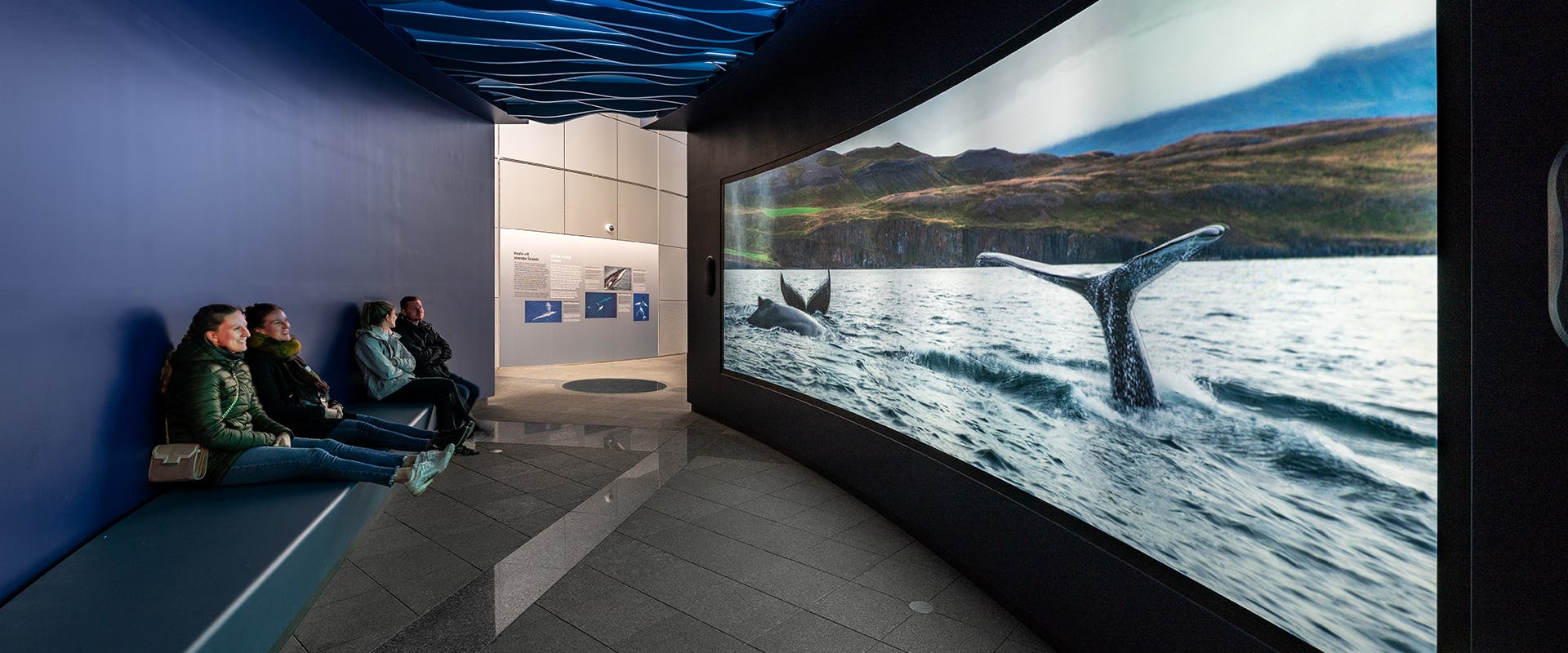
What if the weather remains tumultuous and windy, causing your plans for whale watching in Iceland to be prevented? As there are instances when tour operators must cancel trips at short notice due to unfavourable conditions. Fortunately, there is an alternative solution that you'll appreciate.
Consider visiting Perlan, a unique attraction in Reykjavik that houses an intriguing exhibit showcasing various whale species found in Iceland. This allows you to admire these magnificent marine creatures up close without venturing onto the water. As an indoor attraction, Perlan guarantees a virtual whale encounter regardless of the weather conditions outside.
Moreover, you can still visit Perlan even if you book a whale-watching boat tour during your stay in Iceland. Combining both experiences can enhance your appreciation and understanding of these majestic animals, making your trip all the more memorable.
Popular articles

Reykjanes Volcanoes Overview
Enjoy a complete overview of the Reykjanes Volcanoes from 2021-2024. Learn about its geology, recent activity, and visitor tips for a safe, memorable experience.

Reykjanes Peninsula Volcanoes: Sundhnúksgígar Eruptions
The anticipated volcano has erupted in the Reykjanes Peninsula, the site is being called Sundhnúkagígar. See the historic insights on the seismic activity and volcanic eruptions.

Earthquakes in Iceland
Earthquakes in Iceland are a fact of life. Each year, hundreds of small tremors shake the earth, a reminder of the country’s position on a tectonic plate boundary.

Volcano Museums and Exhibitions in Iceland
If you don't manage to visit an actively erupting volcano in Iceland - Experience its force at one of these excellent volcano museums and exhibitions in Iceland.

Top 10 Places To See the Northern Lights in Iceland
You can see the northern lights across the country, but some spots are more suitable than others. Find the best place to see the northern lights in Iceland.

Ice Caves From Reykjavik
Travel beyond the capital for a closer look at an ice cave under one of Iceland’s glaciers. If you can’t spare the time, experience Perlan’s ice cave in Reykjavik.